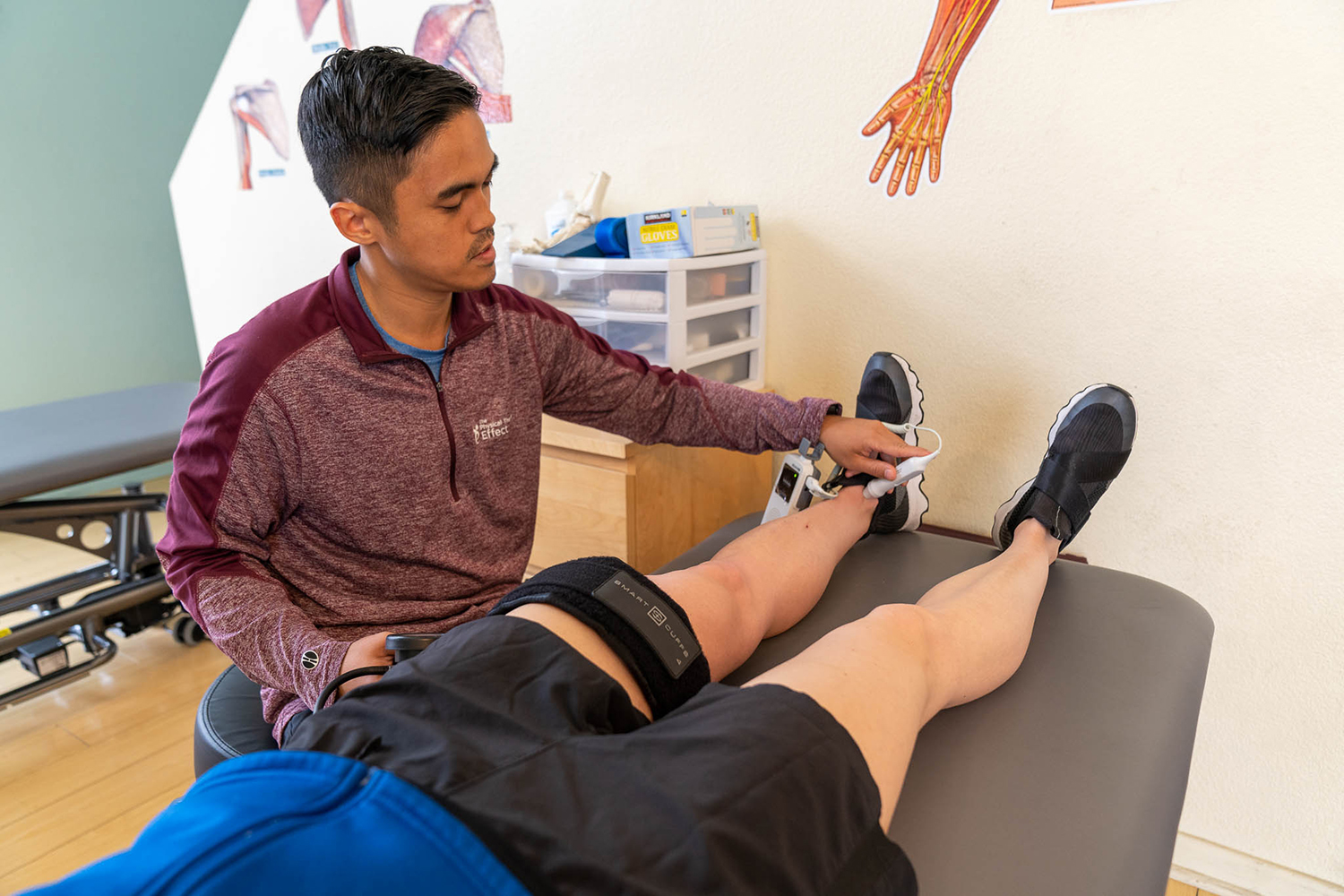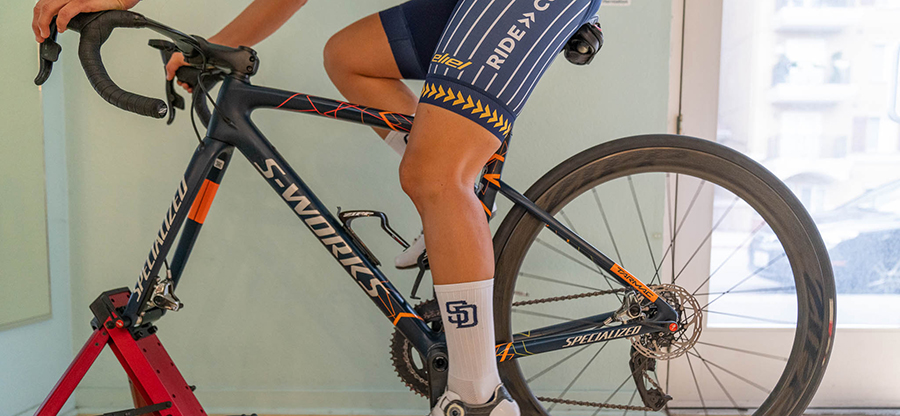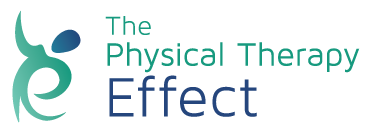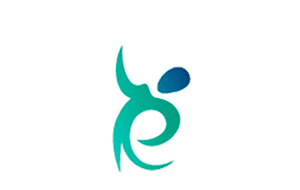Your Guide to Sports Injury Recovery
Oct 3, 2022

Prevention is always the best route when dealing with sports injuries. However, if you’re already experiencing a sports injury, this isn’t an option. Following rehabilitation measures, practicing safe self-treatment, and seeking help from a doctor and physical therapist are your best options for a quick, safe, and complete sports injury recovery.
We break down the best ways to plan your route to recovery in this guide to sports injury recovery.
No One Size Fits All Solution
While there are general routes to recovery, there is no one size fits all solution to sports injuries. You’ll need to discuss your healing process with physicians, therapists, and other specialists who have specific knowledge of your injury and recovery needs.
The only true ‘rule’ to recovery is to follow the advice of the medical professionals overseeing your recovery process. Do not return to your sport without proper medical clearance as this could lead to unsafe, inefficient, and potentially outright ineffective recovery.
With that being said, here a few basic paths toward healing.
7 Step Process
Healing from a sports injury can be broken down into a generic 7-step process, where each step may look different for every athlete. The steps are as follows:
- Allow for proper healing: Complete only the amount of exercise cleared by a doctor to allow for proper healing without applying stress to the injury. This may mean light exercise or the complete absence of exercise.
- Regain full range of motion: This will require performing the prescribed physical therapy provided by a therapist or doctor. Limited range of motion in a joint indicates the injury has not been completely healed and you should remain at the first step of the healing process.
- Regain normal gait (for leg injuries): Once you regain the ability to walk or job normally, without a limp you can continue on to the next step in the healing process.
- Regain muscle strength: Muscle should be slowly (not forcefully) rebuilt. This process should include weight-training exercises provided by a physical therapist or doctor. These will generally be low weight with repetitions that build as your strength grows.
- Regain endurance: Many people who were healthy before their injury find themselves easily sliding back into the same levels of endurance. But it’s still important to let your body tell you when enough is enough and not to push yourself past your limit.
- Buildup skill to previous levels: Once your strength, gait, endurance, and range of motion are back, you can begin to work on your skills. You will often find you’re a bit sluggish or out of practice. Over time, and with practice, you should hopefully be able to reach your previous skills.
- Build back confidence: Often, when we suffer a physical injury we also experience a psychological loss. This part of our bodies may not manifest physically but should still be paid attention to. A physical therapist or doctor will be able to help you with rebuilding confidence.
R.I.C.E
R.I.C.E. is a fairly well-known process for healing injuries. This is broken down into rest, ice, compress, elevate. This is often paired with Ibuprofen or Naproxen to help with pain management and swelling. While this may work for minor injuries, major injuries will generally require the guidance of a professional.
When to Start the Treatment Process

You should begin treating the injury with rehab focused on a range of motion around 72 hours after the original injury, although this will depend on the injury itself. You can start using the RICE method mention above in the first 24 hours. This will reduce the swelling and manage pain. If the pain persists, seek the help of a physical therapist or doctor who can identify the specific cause of the problem and prescribe a treatment plan.
Major sports injuries (like broken bones) need immediate medical attention by a doctor. You should seek emergency attention if the injury is serious.
How to (Safely) Speed Up Your Healing Process
While you can’t rush the healing process, you can change your habits to aid your body during recovery. Be sure the do the following to help with sports injury healing:
- Rest the injury and don’t push your body’s limits
- Get the recommended amount of sleep each night
- Eat healthy foods and don’t avoid fruits and vegetables
- If there is an open wound, keep it clean and properly dressed
Average Healing Times for Common Sports Injuries
| Injury | Recovery Time on Average |
|---|---|
| Achilles tendonitis | 6 weeks to 6 months |
| Sprained ankle | 2 to 8 weeks |
| Calf muscle strain | 1 to 8 weeks |
| Plantar fascitis | 2 weeks to 2 months |
| Strained hamstring | 1 to 8 weeks |
| Tibia and fibula fractures | 4 to 6 months |
| Meniscal tear | 2 weeks to 2 months |
| Spondylolysis | 2 to 3 months |
| Slipped disc | 3 weeks to 2 months |
| Sciatica | 3 weeks to 2 months |
| Adductor strain | 1 to 8 weeks |
| Hernia | 8 weeks |
| Golfer’s elbow | 1 to 6 weeks |
| Tennis elbow | 1 to 6 weeks |
| Wrist fracture | 6 to 8 weeks |
| Mallet finger | 2 to 10 weeks |
| Whiplash | 1 day to 2 weeks |
| Dislocated shoulder | 6 to 8 weeks |
| Fractured collar bone | 6 to 8 weeks |
| Rotator cuff | 2 to 12 weeks |
| ACL tear | 6 months or more |
| Shin splint | 2 to 6 weeks |
Common Treatments for Sports Injuries

Physiotherapy
Physiotherapy is made up of massage, manipulation, and other exercises that work to improve range of motion while strengthening the weakened muscles in the injured area. This helps to eventually restore function to the body. Physiotherapy sessions are performed by a specialist who can guide you through the right treatment plan for your individual injury.
Corticosteroid Injections
Corticosteroid injections may be used alone or in conjunction with physical therapy. This is used in the treatment of extensive and chronic inflammation. This will help to eliminate pain, although this is only a temporary solution. Because corticosteroid injections do come with side effects it is not generally the first solution medical professionals will go with. Physical therapy and other treatment options are always preferable when possible.
Physical Therapy
Physical therapy gets to the root cause of the pain and then solves the problem rather than masking it as do many medications and injections. The goal of physical therapy is to use exercises, manual massage, and other methods to naturally relieve the pain and work out the core issue. Physical therapy is great for those hoping to avoid invasive treatments or who wish to avoid depending on injections and medications. It is also often used after surgeries or alongside other treatment methods to achieve full recovery.
NSAIDs
NSAIDs (aspirin, ibuprofen, etc.) can be used in the reduction of swelling and pain management. This is often used in tandem with other treatment methods. NSAIDs are also not recommended for long-term, regular usage. This is a treatment option that offers a non-invasive solution to pain related to sports injuries.
Immobilization
Just as it sounds, immobilization keeps you still and requires you to rest your body. This then helps in the healing process. Immobilization is often paired with other treatment options and is rarely the sole solution that gets athletes back in the game.
Surgery
In the event of an extreme injury, surgery may be the only option for recovery. While most sports injuries won’t require surgery, broken bones are one of the more common sports injuries requiring surgery. Surgery recovery will often include physical therapy elements alongside other treatment options. The best treatment plan post-op can be discussed with your surgeon.
Prevention As a Best Practice

Prevention, as always, is important for all casual and competitive athletes to practice. This means training properly, not overexerting yourself, and making healthy and realistic training goals.
Sports injuries are most often caused by:- Direct impact
- Overuse and overtraining
- Higher force than structurally withstandable
- Improper warm-up
- Poor technique
Luckily, physical therapy can be used both to manage the healing journey with existing injuries and to help with injury prevention. Contact us to learn about how you can use physical therapy for preventative and injury purposes.
Need Help With Your Sports Injury Recovery?
Contact us to schedule an appointment with one of our expert physical therapists.
Book Your AppointmentFor informational purposes only.











